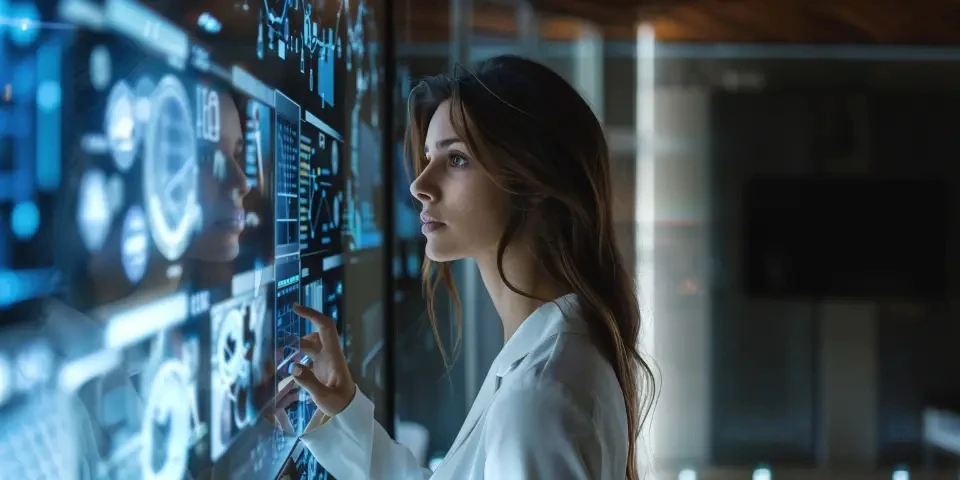Lazy eye, also known as amblyopia, is a common vision disorder characterized by reduced vision in one eye. It often develops during childhood and can significantly impact a person's ability to see the world clearly. However, with the right treatment and determination, many individuals have successfully overcome lazy eye, opening up a whole new world of possibilities. In this article, we explore personal stories of individuals who have conquered lazy eye and how it has transformed their lives.
1. Early Diagnosis and Intervention
Early diagnosis is crucial in tackling lazy eye effectively. Many individuals narrate their journey starting with a routine eye examination that revealed their condition. With prompt intervention, including eyeglasses, eye patches, or eye drops, they were able to reverse the effects of lazy eye.

淚 was initially frustrated with the diagnosis, but early intervention made a significant difference. Wearing eyeglasses and undergoing vision therapy sessions helped me regain normal vision,?shared Sarah, who was diagnosed with lazy eye at the age of six.
2. Vision Therapy and Exercises
Vision therapy involves a series of exercises and activities designed to improve visual skills and strengthen the eye-eye coordination. Many individuals have benefited from these therapies and have noticed remarkable improvements in their vision.
淰ision therapy was a game-changer for me. The various exercises, such as focusing on small objects or tracking moving targets, improved my eye muscle control and depth perception. It was challenging, but the results were worth it,?explained Michael, who underwent vision therapy during his teenage years.
3. Patching and Occlusion Therapy
Occlusion therapy, commonly known as patching, is a popular treatment for lazy eye. It involves covering the stronger eye with an eye patch, forcing the brain to rely on the weaker eye and thus encouraging its development.
"Wearing an eye patch was not easy, especially during school days. However, it helped strengthen my lazy eye over time. When I finally had the chance to remove the patch and see the world clearly with both eyes, it was an indescribable feeling," shared Rebecca, who underwent several months of patching therapy.
4. Assistive Technologies
In today's digital age, assistive technologies provide additional avenues for individuals with lazy eye to improve their vision. Tools such as interactive computer programs and smartphone applications can enhance visual processing and stimulate the weak eye.
"I discovered a smartphone application specifically designed for lazy eye exercises. It was like having a personalized vision therapist in my pocket. The app provided visual games and exercises that made the whole process enjoyable and convenient," said Mark, who incorporated technology into his lazy eye treatment.
5. Perseverance and Support System
Overcoming lazy eye requires perseverance and a supportive network of family, friends, and healthcare professionals. Many individuals credit their progress to the encouragement they received throughout their journey.
"My family played a crucial role in my recovery. They constantly reminded me to wear my eye patch, cheered me on during vision therapy sessions, and celebrated every small milestone. Their unwavering support kept me motivated," expressed Emily, whose lazy eye was successfully treated during her early teens.
Frequently Asked Questions
Can adults overcome lazy eye?
While lazy eye is commonly associated with childhood, adults can also benefit from treatments such as vision therapy and occlusion therapy. However, it is best to seek professional advice to determine the most suitable treatment options.
Is surgery necessary to treat lazy eye?
In most cases, surgery is not necessary. Non-surgical approaches like eyeglasses, eye patches, and vision therapy are often successful in treating lazy eye.
Are there any long-term effects of lazy eye?
If left untreated, lazy eye can result in permanent vision impairment. However, with timely intervention, many individuals have experienced significant improvements in their vision.
Lazy eye is a condition that can be overcome with the right treatment and support. The personal stories shared here highlight the resilience and determination of individuals who have conquered lazy eye, proving that with the right approach, a whole new world of visual possibilities can open up.
References:
"Vision Therapy for Getting Rid of Lazy Eye." American Optometric Association, www.aoa.org/patients-and-public/caring-for-your-vision/vision-therapy/vision-therapy-for-getting-rid-of-lazy-eye.
淪trabismus and Amblyopia.?American Association for Pediatric Ophthalmology and Strabismus, aaapos.org/glossary/strabismus-and-amblyopia/.






